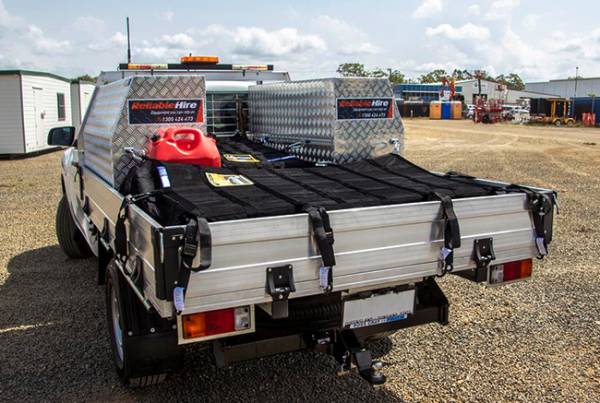However, this mindset can actually be dangerous. Complacency and lack of knowledge can lead to many ladder-related injuries and deaths. Thus, the importance of knowing each component and inspecting them regularly cannot be underestimated.
If you’re a tradesman in Brisbane or the average DIY homeowner elsewhere in Australia, it’s essential that you get to know what makes up your ladder and identify which parts are most prone to damage. While there are many types of ladders out there—from step to Werner extension ladders—most share several parts in common.
- Steps or rungs

Perhaps the parts most familiar to people, steps or rungs take the brunt of the work. They are the parts which you step and stand on. The ladder can have 4 to as much 30 steps depending on the type you have. Since they are the ones that always get in contact with the users, the rungs are very prone to damage, especially if they are made from wood. To maintain their integrity as well as your safety, make sure to remove mud and other slippery substances from the rungs before climbing. If you find that any of your ladder’s rungs are missing, loose or damaged, discontinue use immediately and have it repaired or replaced.
- Stiles
The stiles or rails are the vertical parts where the steps are attached. Step ladders have four stiles while single section and attic ladders have two. Most common causes of stile damage are improper handling and transport. Stiles of plastic ladders can also get deformed if stored in an area where they are easily exposed to heat and chemicals.
- Feet
Aptly called feet, these are the base of the ladder and the parts responsible for providing balance and stability. They are often equipped with slip-resistant surfaces to avoid displacement. Misuse, accidental dropping of the ladder, and normal wear and tear may affect its condition. When moving the ladder from soft or dirty ground to a smooth and solid surface, always make sure the feet are free from loose sand, stone or soil and that the foot material is in contact with the ground, not the dirt. Otherwise, the ladder could become unstable and slip.
It helps to know which ladder parts are most prone to damage so you can take extra care and caution when handling and using this tool.
At Vetner, we don’t just supply top quality Gorilla, Ladamax, and Bailey aluminium ladders and other construction tools and equipment, we also make sure our customers are armed with the right knowledge to use our products safely and efficiently. So the next time you step on that ladder, take some time inspecting it first, especially the components we’ve mentioned above. Remember, even the slightest crack can already expose you to various safety hazards; so it pays to keep an eye on your equipment.

